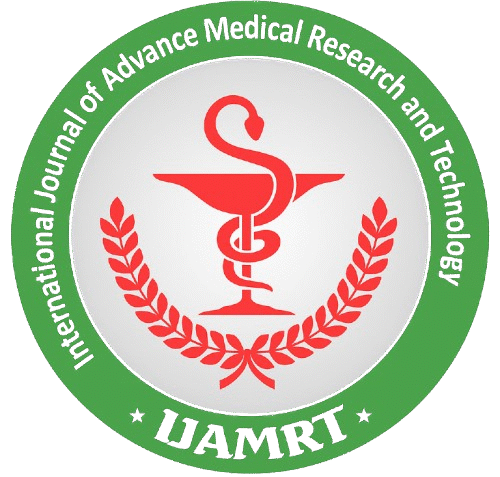3D Printing in Medicine: Revolutionizing Modern Healthcare: A Comprehensive Review Harshita Badoliya, Janvi Jain, Aditi Dadhich
3D printing is transforming healthcare by providing customized and affordable medical components such as prostheses and implants. This technology enables surgeons to work more efficiently with tools and models specifically designed for individual patients, while also allowing medical device manufacturers to develop new products more quickly. Additionally, 3D printed tissues have the potential to enhance drug research and development, which could lead to lower costs and greater accessibility to medications. In the realm of education, 3D printing offers realistic anatomical models that improve hands-on learning experiences compared to traditional models. This paper reviews the role of 3D printing and bio-printing in healthcare, outlining the necessary steps for implementation and the facilities that support this technology. It also highlights significant applications of 3D printing in the medical field, demonstrating its potential to improve patient care and medical training


